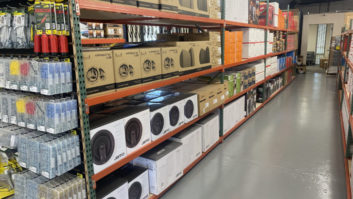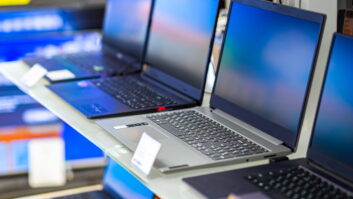El Segundo, Calif. – With some companies having already
recovered from the March 11 Japanese earthquake, the entire
is expected to complete its rebound from the disaster by the end of the third
quarter, according to new IHS iSuppli research.
Electronics companies with operations near the epicenter of
the quake that had suffered building and equipment damage are expected to
restore full shipments by early September, six months after the quake. The
restoration will coincide with the peak season for electronics and
semiconductor sales in the third quarter.
“In the history of the electronics supply chain, nothing has
had such a broad impact as the Japan earthquake, tsunami and nuclear disaster,”
said Dale Ford, senior VP for semiconductor market intelligence at IHS,
speaking at the IHS Design & Supply Chain Global Summit last week in San
Jose, Calif.
“The worldwide repercussions of the catastrophe illustrated
the global and interconnected nature of the electronics industry, with the
impact of the disaster reverberating through the materials, components and
equipment segments of the supply chain. However, even the semiconductor
companies suffering the most direct damage from the quake, full production will
resume near the end of the third quarter,” he said.
The duration of production disruptions varied depending on
distance from the earthquake epicenter, as presented in Figure 1 below.
Affected companies that were farthest from the epicenter took only one to two
weeks to restore production, while companies closest to the disaster could take
as long as four to six months to return to normal-depending on their response
to the disaster.
IHS has identified 14 semiconductor suppliers and four
silicon wafer makers in Japan that were impacted by the quake.
The timing of the recovery will be fortuitous. Following
normal seasonal patterns, global semiconductor revenue growth will hit an
annual crescendo in the third quarter, with a sequential rise of 7.4 percent,
as presented in Figure 2. This compares with a 1.4 percent decline in the first
quarter, a 2.9 percent increase in the second quarter and a 3.1 percent rise in
the fourth quarter.
The disaster also had varying impacts on assorted segments
of the semiconductor market. The impact was most severe on automotive
equipment, given that Japan accounts for 31.5 percent of global semiconductor
production for automotive electronics. Consumer electronics bore the next
greatest impact, with a moderate effect on production. Here, Japan is
responsible for 45.1 percent of global consumer electronics semiconductor production.
In comparison, the impact on the wireless and data
processing semiconductor markets was mild, while the wired communications
segment wasn’t affected at all.
The impact on specific companies also varied according to
their level of exposure to the catastrophe and the effectiveness of their
disaster-response efforts.
Fujitsu has distinguished itself with the most rapid and
efficient recovery effort among all Japanese semiconductor suppliers, Ford
said. Despite facilities close to the epicenter of the earthquake, the company
said it had attained full recovery to pre-disaster production levels at five
chip plants on June 9.













